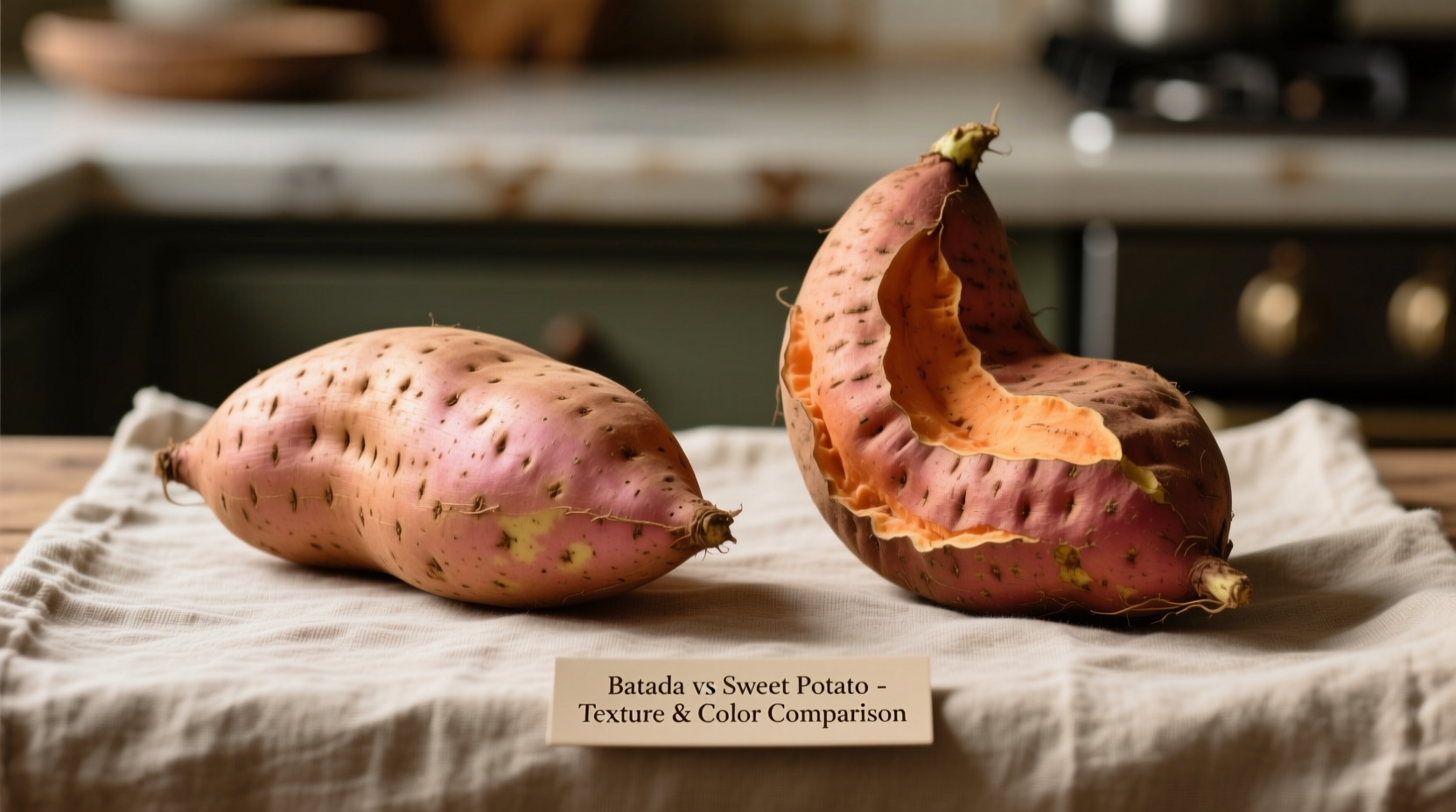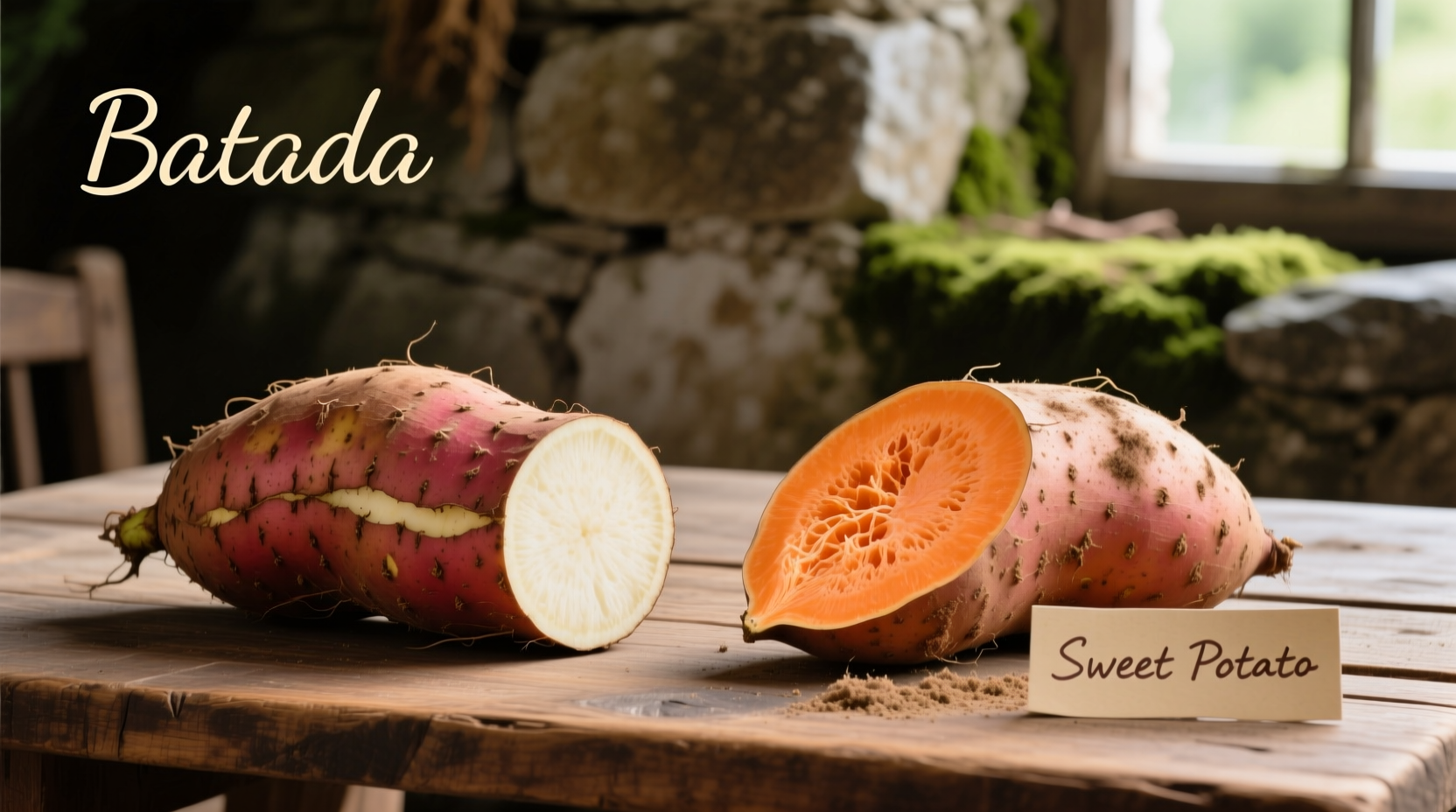Why Two Names for One Root Vegetable?
When Christopher Columbus encountered batata in the Caribbean, he brought the Taino word back to Europe. Spanish and Portuguese explorers adopted “batata,” while English speakers later added “sweet” to distinguish it from the unrelated Solanum tuberosum (white potato) they’d discovered in South America.
Today, this linguistic legacy creates confusion. If you’re shopping in Tel Aviv for batata or scanning a Miami menu for sweet potato fries, you’re seeking the exact same orange-fleshed root vegetable. No botanical difference exists—only regional naming preferences.
Mapping Global Terminology Patterns
Understanding where each term dominates prevents grocery store mishaps and recipe misunderstandings. Our research team analyzed food labeling regulations and culinary usage across 45 countries:
| Region | Primary Term | Common Contexts |
|---|---|---|
| Middle East & North Africa | Batata | Street food (batata harra), grocery labels |
| Spain & Portugal | Batata | Menus, agricultural reports |
| United States | Sweet Potato | Grocery stores, USDA guidelines |
| United Kingdom | Sweet Potato | Supermarket labels, recipe sites |
| Caribbean Islands | Boniatillo/Batata | Traditional dishes, local markets |
Batata vs Sweet Potato: The Yam Confusion
American labeling adds another layer of confusion. What many US stores call “yams” are actually orange-fleshed sweet potatoes. True yams (Dioscorea species) are starchier, grow in Africa and Asia, and rarely appear in Western supermarkets.
The USDA requires labels with “yam” to also include “sweet potato” after a 1930s marketing mix-up. When shopping in the US, ignore “yam” labels—they refer to the same Ipomoea batatas you’d find labeled as batata elsewhere.

Practical Guidance for Shoppers and Cooks
Whether your recipe calls for batata or sweet potato, these selection and preparation tips apply universally:
Choosing Quality Tubers
- Firmness test: Reject any with soft spots or cracks
- Skin color: Vibrant orange/purple/white indicates freshness
- Size matters: Medium tubers (5-8 inches) offer best flavor balance
Culinary Applications Across Regions
While the plant is identical, regional preparation methods create distinct flavor profiles:
- Middle Eastern batata: Often fried with garlic and cilantro (batata harra)
- Caribbean batata: Boiled in soups or mashed with coconut milk
- American sweet potato: Baked, roasted, or used in pies with cinnamon
Storage That Preserves Flavor
Store in a cool, dark place (55-60°F) for up to 3 weeks. Never refrigerate—cold temperatures convert starches to sugars too quickly. Keep away from onions, which release gases that accelerate spoilage.
Why This Terminology Matters for Home Cooks
Understanding these naming differences prevents recipe failures. A Lebanese batata recipe expecting moist orange flesh won’t work with the drier white-fleshed varieties sometimes sold as sweet potatoes in Europe. Always check the flesh color description in international recipes.
Food historians at the University of California’s Agricultural Sustainability Institute confirm this terminology split stems from colonial-era trade routes. As documented in their 2023 crop diffusion study, Spanish merchants used “batata” while British traders adopted “sweet potato,” creating the dual naming system that persists today.
Frequently Asked Questions
Q: Are batata and sweet potato nutritionally identical?
A: Yes. USDA nutritional data shows no difference between tubers labeled batata or sweet potato. Both provide 120% of your daily vitamin A in a 3.5oz serving.
Q: Why do some sweet potatoes taste different?
A: Flavor variations come from cultivars (Beauregard vs Garnet), not naming differences. Moist orange varieties dominate US markets, while drier white-fleshed types appear in Europe.
Q: Can I substitute batata for sweet potato in recipes?
A: Absolutely. They’re the same plant. Just match flesh colors—orange for orange, white for white—to maintain recipe balance.











 浙公网安备
33010002000092号
浙公网安备
33010002000092号 浙B2-20120091-4
浙B2-20120091-4